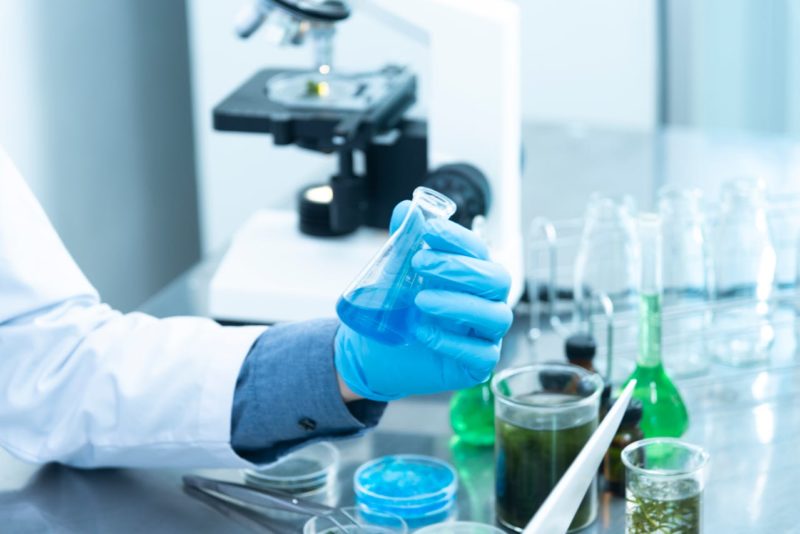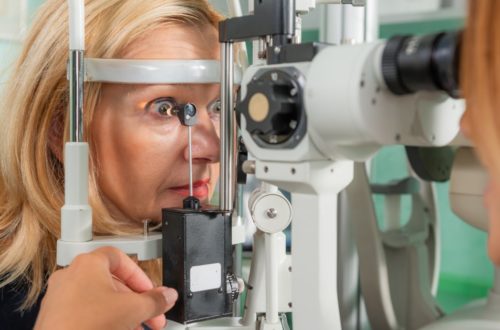The Role of Microfluidics and Picoliter Dispensing in Next-Gen Diagnostic Devices

Science doesn’t always need to be loud to be powerful. Sometimes, the biggest changes happen in silence. You can’t always see them, but you feel their impact. That’s what’s happening right now in diagnostics. The work is getting smaller, faster, and more precise.
What’s wild is that some of the most exciting innovations happen on a scale you can’t even see. A single drop can now tell stories that once took weeks to unfold. That’s where picoliter dispensing and microfluidics come into the picture. They might sound like lab jargon, but they’re shaping how the next wave of diagnostic tools will look and work.
Getting to Know the Tiny Details
Microfluidics and picoliter dispensing might seem complicated, but it’s really about control. It’s about moving very small amounts of liquid through tiny channels. Instead of using big machines, scientists now use chips that fit in your palm. Inside them, reactions happen in micro-spaces where everything is controlled down to the smallest drop.
Picoliter dispensing takes that control even further. It moves droplets so small you’d never see them without special tools. Each one lands exactly where it should. This precision helps scientists test cells, reactions, or compounds one by one. It feels a bit like painting at a microscopic level, where every stroke matters.
It’s this level of detail that helps new diagnostic devices work better. With every small test, they collect data that’s cleaner, sharper, and faster to read.
Why Small Really Matters
Big machines used to define medical testing. They worked, but they needed space, time, and resources. Today, people want faster answers. They want reliable tests that don’t need a huge lab.
That’s where microfluidics shines. Everything happens inside small chips with built-in channels. Samples move fast, reactions happen in seconds, and results show up quicker. When you add technologies like picoliter dispensing, the process becomes even more exact.
It’s not just about speed, though. It’s about trust. When every droplet moves exactly as planned, results stay consistent. That’s how modern diagnostics keep their edge.
Blending Science and Engineering
Next-generation diagnostic devices are all about connection. They bring together chemistry, engineering, and computer science. Microfluidics acts like the bridge that holds it all together.
When you combine it with picoliter dispensing, you get control on a level that wasn’t possible before. Every test uses the right amount of liquid—not more, not less. It’s this kind of fine-tuned balance that makes modern devices so efficient.
Imagine running ten tests on one chip from a single drop of blood. That’s where diagnostics are heading. Smaller tools, smarter systems, and faster results. It’s quiet progress, but it’s reshaping how we think about healthcare.
Precision as a Foundation
There’s something beautiful about accuracy. It builds confidence. In biotech, precision isn’t just a nice feature. It’s the backbone of everything.
Picoliter dispensing makes that precision real. It’s the reason why tests can be repeated with the same result every time. It also reduces waste since you only use what’s needed. Microfluidic systems handle the rest, guiding each droplet to where it belongs.
This kind of tight control doesn’t just make testing easier. It improves reliability and speeds up the journey from lab to product. When every result can be trusted, innovation moves faster.
A Shift Toward Smarter Tools
Healthcare is changing fast. People want testing that’s quick, accurate, and convenient. They want answers without waiting in long lines or sending samples across the world. Microfluidic systems make that possible.
You can fit an entire lab’s function into something small enough to carry. And with picoliter dispensing, that small device can perform dozens of tests using just a few drops. That’s why it’s becoming so popular in portable and point-of-care devices.
It’s practical, but also empowering. These systems bring science closer to the patient. They make healthcare feel more personal.
When Data Meets Design
Diagnostics isn’t only about hardware anymore. It’s also about information. Every drop, every reaction, and every test produces data. With microfluidics, that data moves easily through digital systems.
Pair that with AI and the results get even better. Algorithms can read subtle patterns in fluid reactions that humans might miss. Picoliter dispensing helps by keeping those reactions consistent. It’s like giving AI clean handwriting to read—the clearer the writing, the faster the understanding.
This partnership between physical precision and digital intelligence is what drives modern innovation in diagnostics.
Looking Ahead
The future of diagnostics won’t be about size, at least not in the way we think. It’ll be about efficiency. About how small tools can do the job of big machines, and maybe even do it better.
Microfluidics and picoliter dispensing are leading that charge. They’re helping create tools that are fast, portable, and accessible. They’re shaping a world where accurate health data is available anytime, anywhere.
Science is getting smaller, but its reach is getting bigger. The next generation of diagnostic devices isn’t just about technology. It’s about freedom—the freedom to understand health in real time, with tools that fit right in your hand.
That’s the quiet power of small science. It’s not about making noise. It’s about making change that lasts.
Would you like to receive similar articles by email?





